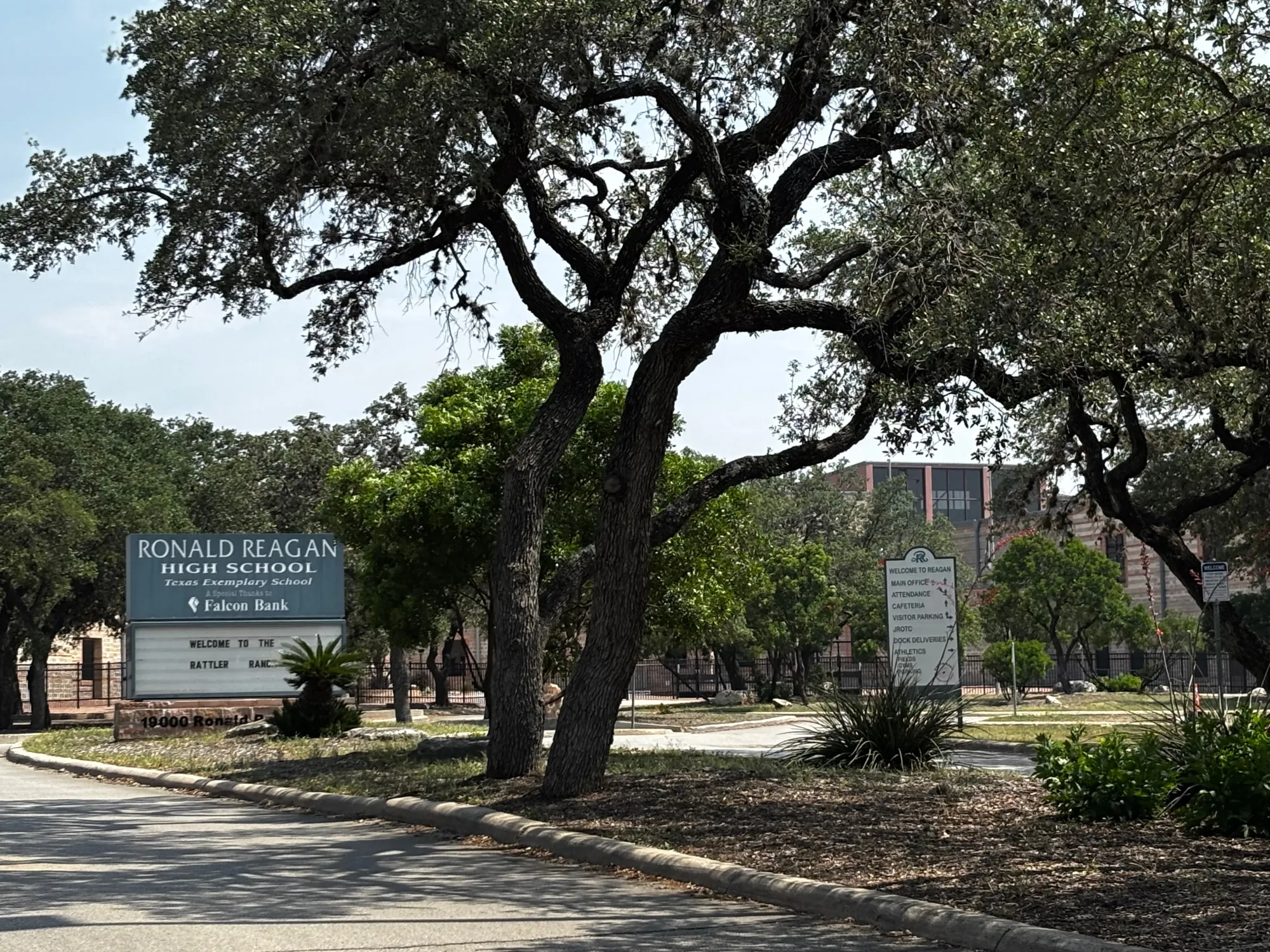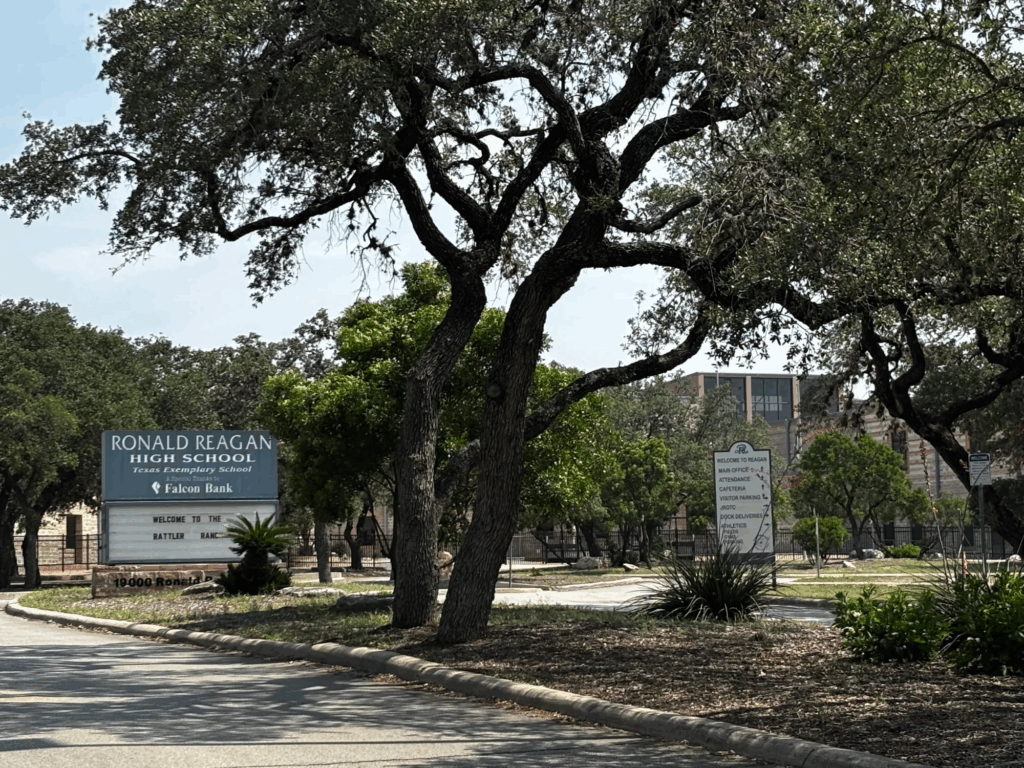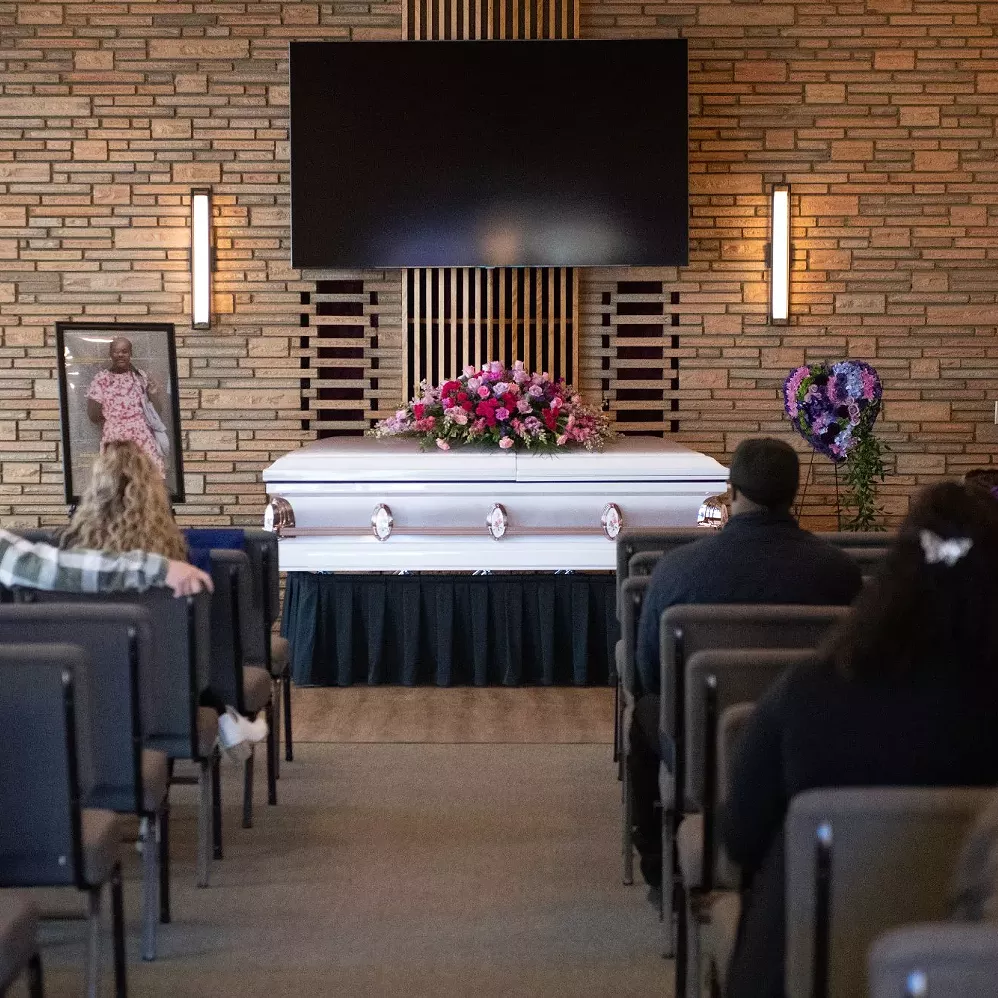Texas Schools Fall Short on Resources to Address Student Mental Health Issues Before They Become Crises

Public Health Watch by and
It was February of 2020, and Andy Gonzalez, then a junior at Reagan High School in San Antonio, was on his lunch break when he noticed a burst of activity among the faculty. Then the news began to spread.
A body had been found in the gym, a 16-year-old student who had killed himself at school. Gonzalez had worked with the teen at Taco Cabana, but they weren’t close. He thought he was a happy kid; he had no idea he was having a hard time.
“Always full of energy and making everyone laugh, always very joyous,” Gonzalez, now 21, told Public Health Watch. “People are struggling with these tendencies and thoughts every day, and they wear really good masks.”
It’s not known if the young man had sought therapy, but in Texas, he likely would have struggled to get help through the public schools.
A Public Health Watch records analysis found that the state has fallen short in providing Texas students with the mental health resources they need to prevent problems from becoming crises, as happened at Reagan High.
The shortfalls have hit particularly hard on low-income and low-wealth school districts, where counselors and other staff may take on class scheduling, testing and other responsibilities in addition to addressing students’ mental health problems, according to the Public Health Watch analysis of data from the Texas Education Agency.
Read more from Public Health Watch.




